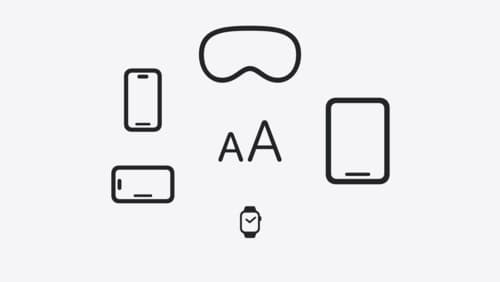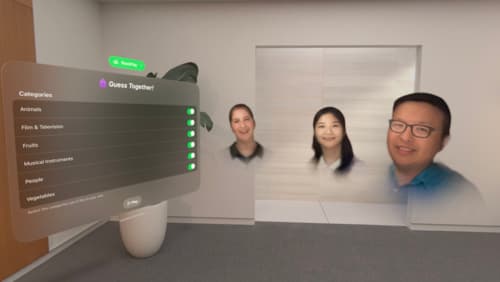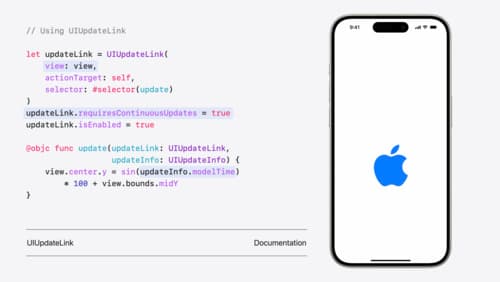How to use custom alignment?
Asked on 2024-08-02
1 search
To use custom alignment in your app, you can refer to the following sessions and segments from WWDC 2024:
-
Customize spatial Persona templates in SharePlay:
- You can align seats with an orthogonal axis of the app, such as the x or z axis. For example, to place a row of seats in a line all facing directly forwards perpendicular to your app's plane, you would align with the z axis. You can also rotate the seat by a given value in degrees or radians. Customize spatial Persona templates in SharePlay (31:36).
-
What’s new in SF Symbols 6:
- When working with SF Symbols, you can use the "snap to points" button to align vectors of the path and anchor points. This is useful for centering the anchor point precisely. What’s new in SF Symbols 6 (14:42).
-
Dive deep into volumes and immersive spaces:
- You can control how volumes present themselves within the world using world alignment. This can be either gravity-aligned or adaptive tilting behavior. The volume world alignment modifier allows overriding the adaptive alignment, keeping the volume aligned with the floor. Dive deep into volumes and immersive spaces (15:34).
These sessions provide detailed guidance on how to implement custom alignment in different contexts within your app.

Get started with Dynamic Type
Dynamic Type lets people choose their preferred text size across the system and all of their apps. To help you get started supporting Dynamic Type, we’ll cover the fundamentals: How it works, how to find issues with scaling text in your app, and how to take practical steps using SwiftUI and UIKit to create a great Dynamic Type experience. We’ll also show how you can best use the Large Content Viewer to make navigation controls accessible to everyone.

Customize spatial Persona templates in SharePlay
Learn how to use custom spatial Persona templates in your visionOS SharePlay experience to fine-tune the placement of Personas relative to your app. We’ll show you how to adopt custom spatial Persona templates in a sample app with SharePlay, move participants between seats, and test your changes in Simulator. We’ll also share best practices for designing custom spatial templates that will make your experience shine.

What’s new in UIKit
Explore everything new in UIKit, including tab and document launch experiences, transitions, and text and input changes. We’ll also discuss better-than-ever interoperability between UIKit and SwiftUI animations and gestures, as well as general improvements throughout UIKit.
